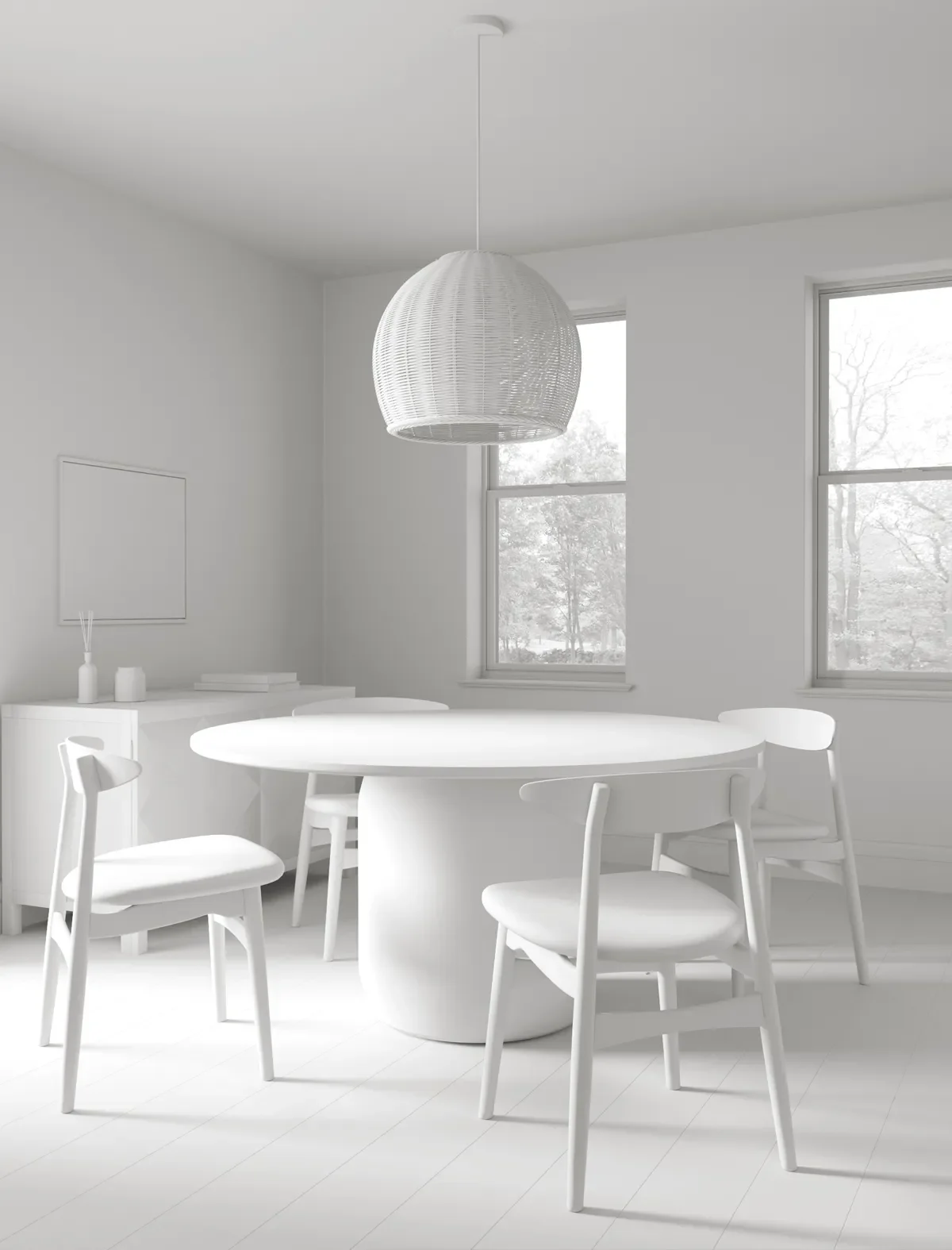Lighting Can Either Evolve Your Space — or Ruin It
Lighting is the invisible architecture of any interior. It can elevate your design, sculpt your furniture, and bring depth to a room — or flatten everything you worked hard to create. At STUDIO LEINIK NYC, we approach lighting with precision, ensuring that every fixture and every bulb supports the design story.
Here are three essential principles every homeowner should keep in mind when selecting lighting for their space: space designation, light temperature, and window direction.
1. Define the Function of Each Zone
Before choosing fixtures, define what each area of the room is actually for. A living room, for instance, usually breaks down into three distinct zones: a seating or TV area, a reading nook, and a game or activity space. Each requires its own lighting strategy.
Seating/TV Area: Soft, general illumination works best. Dimmable recessed lighting provides atmosphere without overwhelming the room.
Reading Area: A floor lamp, task light, or any adjustable fixture that you can control directly from your chair is ideal.
Game/Activity Area: A pendant light centered over a table instantly creates energy and focus.
Layering these scenarios allows you to shift your environment depending on time of day, mood, or activity. And remember — choosing the fixture is only step one. Step two, often overlooked, is choosing the right bulb.
2. Choose the Right Light Temperature
Light temperature dramatically affects how we feel — and how we perceive color.
In residential interiors, designers almost always lean toward warm light (around 2700K) because it feels inviting, intimate, and balanced. In contrast, offices and commercial spaces typically use cooler light (around 4000K) to enhance focus and alertness. These standards aren’t arbitrary — they’re rooted in psychology and decades of lighting research.
But beyond mood, temperature can make or break your color palette.
For example, a pure white sofa or cabinet will skew blue under bulbs higher than 2700K. That’s a classic design pitfall. This is why seasoned designers—and most high-end interior design New York firms — prefer warm light: it keeps the space visually consistent and true to the intended palette.
You might ask: What about daylight? Doesn’t indirect daylight cast a cool tone, too?
Exactly. That’s why we often recommend off-white over true white finishes. Off-white holds steady even in cool daylight, avoiding the blue shift that can compromise your design.
3. Consider Window Direction & Natural Light
Window direction determines how much natural light your space receives — and therefore how much artificial light each zone needs.
If your reading corner barely sees daylight, you’ll need a higher-wattage task lamp to compensate. Work areas, game tables, or craft zones need the same attention. Many lighting manufacturers now offer online wattage calculators that help you estimate the right bulb strength for each square foot.
Poor lighting can completely flatten a room, erasing the depth of your furniture and hiding the details you invested in. But thoughtful layering — supported by smart fixture choices, correct bulb temperatures, and attention to natural light — can elevate your entire composition. In residential & commercial interiors, these nuances are what separate a good room from a great one.
Final Thoughts
Great lighting isn’t decorative — it’s strategic. When you understand how function, temperature, and natural light work together, you unlock the full potential of your space.
And that’s where STUDIO LEINIK NYC comes in. We make sure your lighting doesn’t just brighten the room — it transforms it. If you’d like support with planning or refining your space, we offer design consultations as well as high-end 3D interior visualization to help you see your project clearly before you build.


